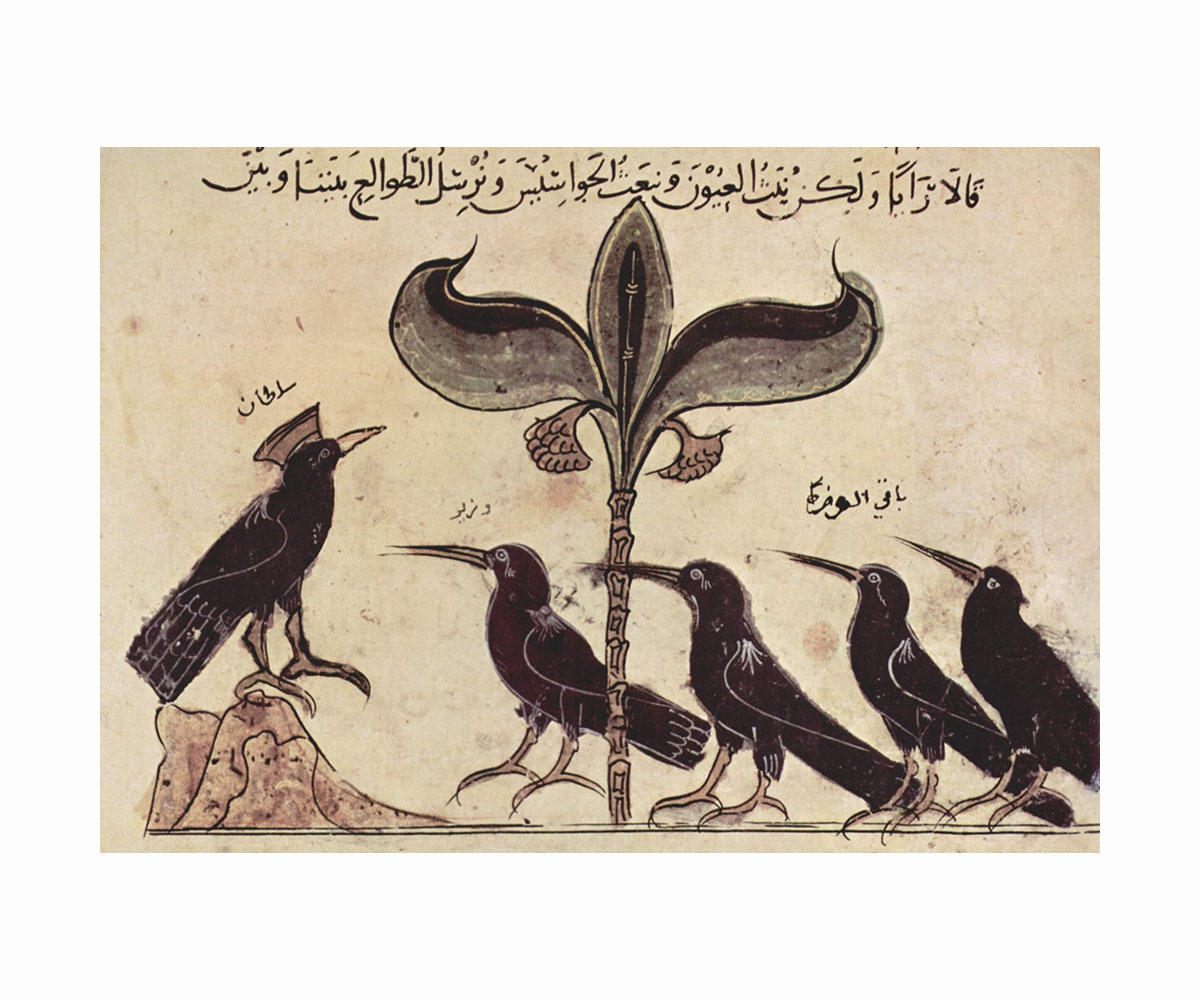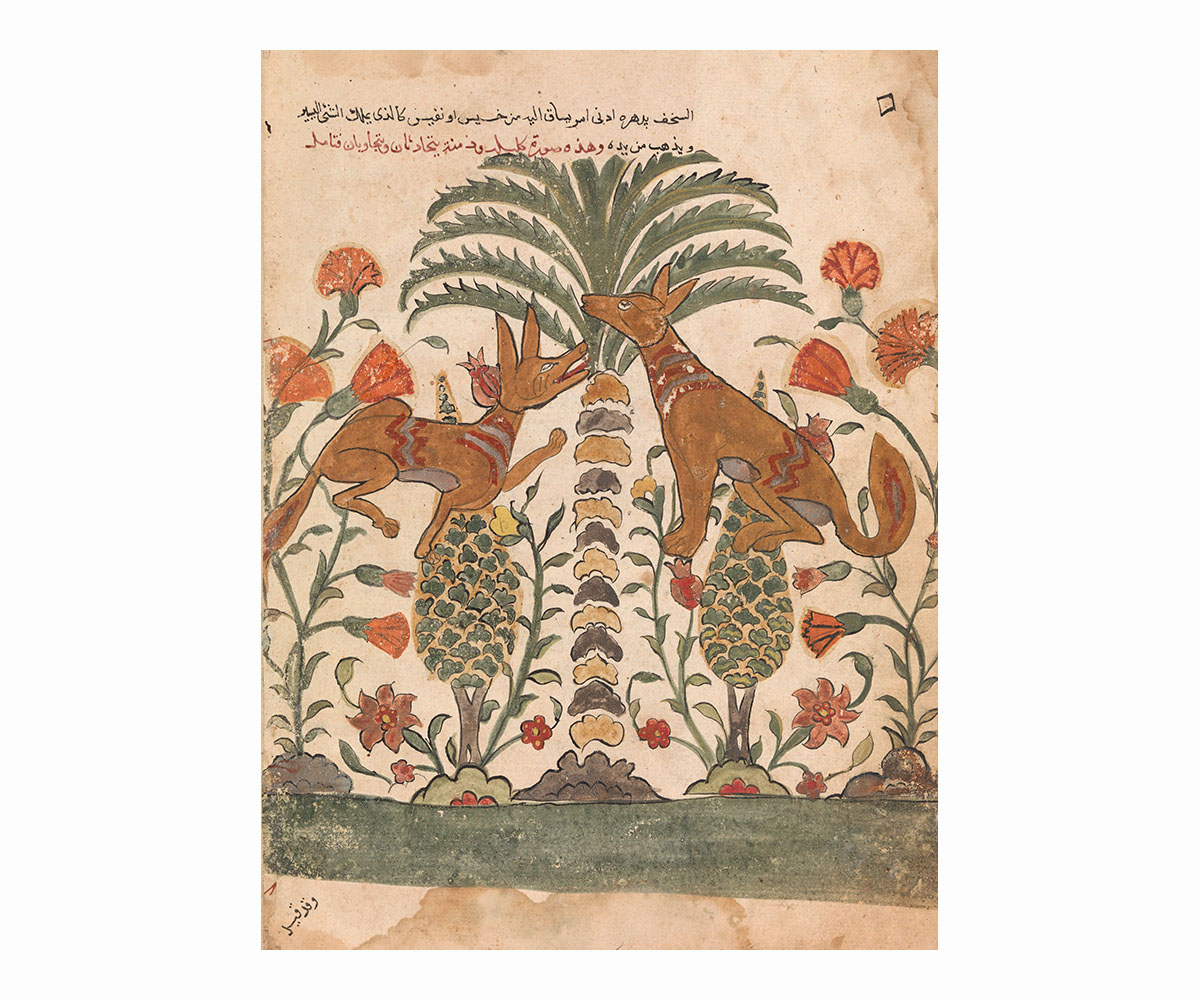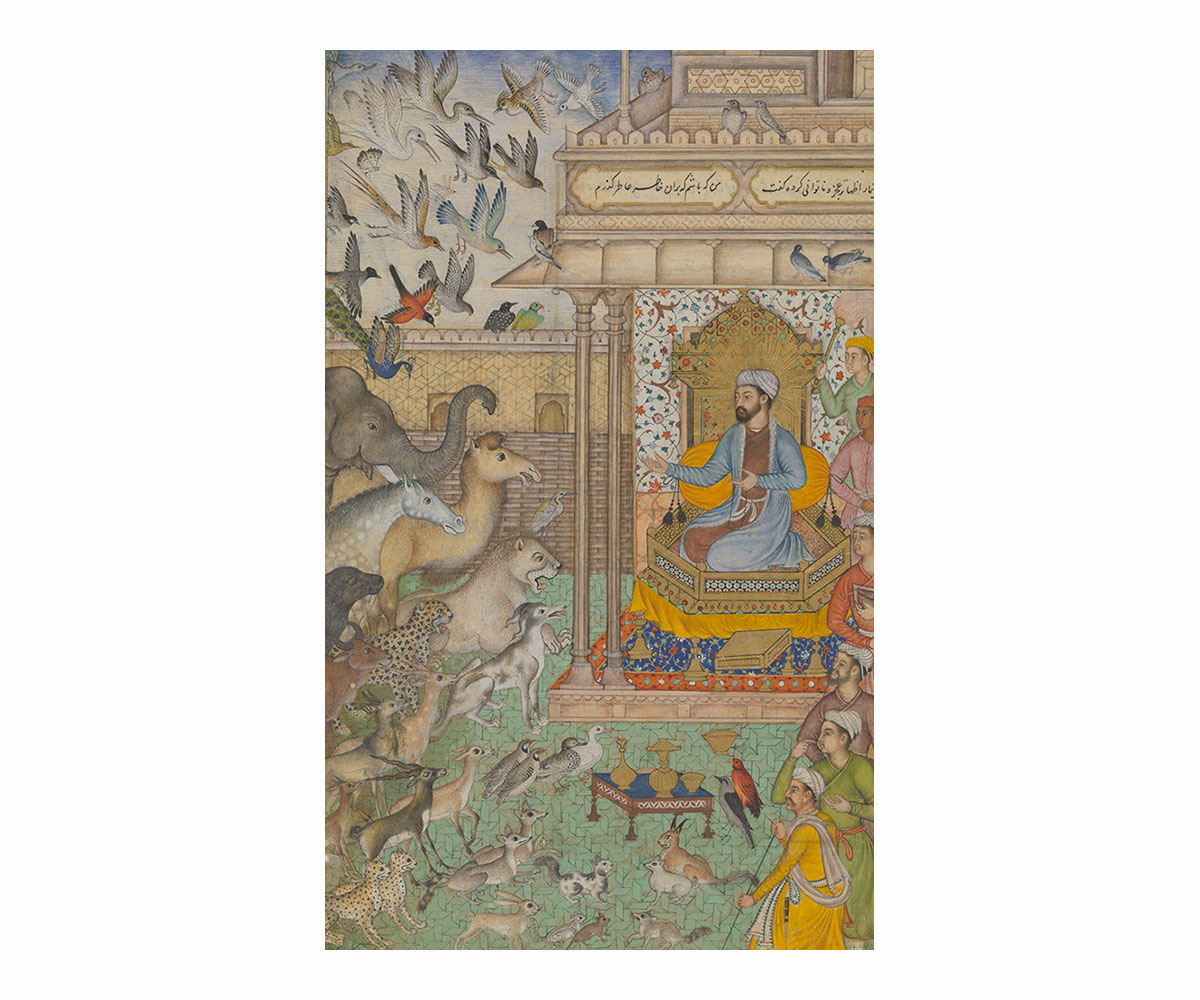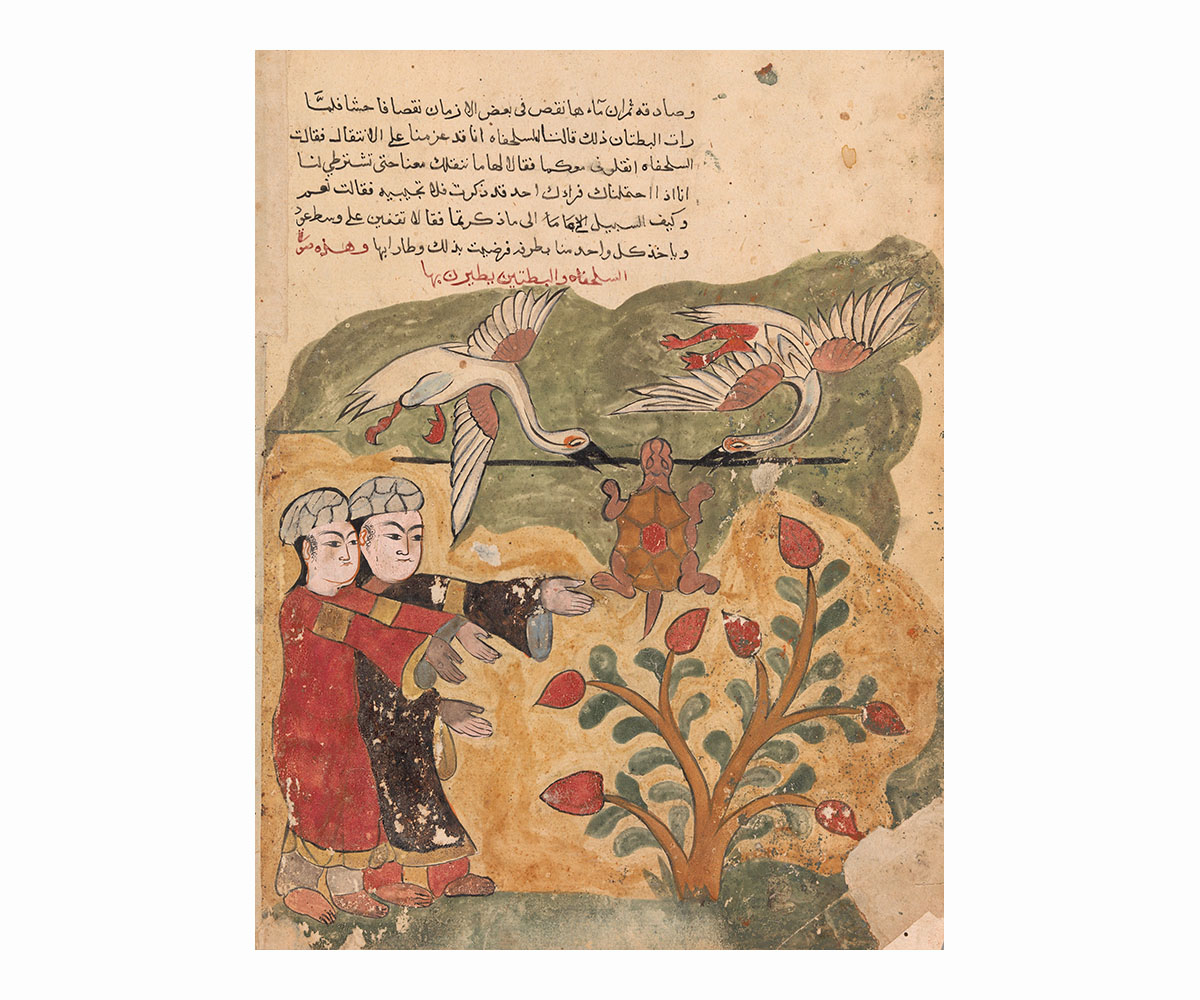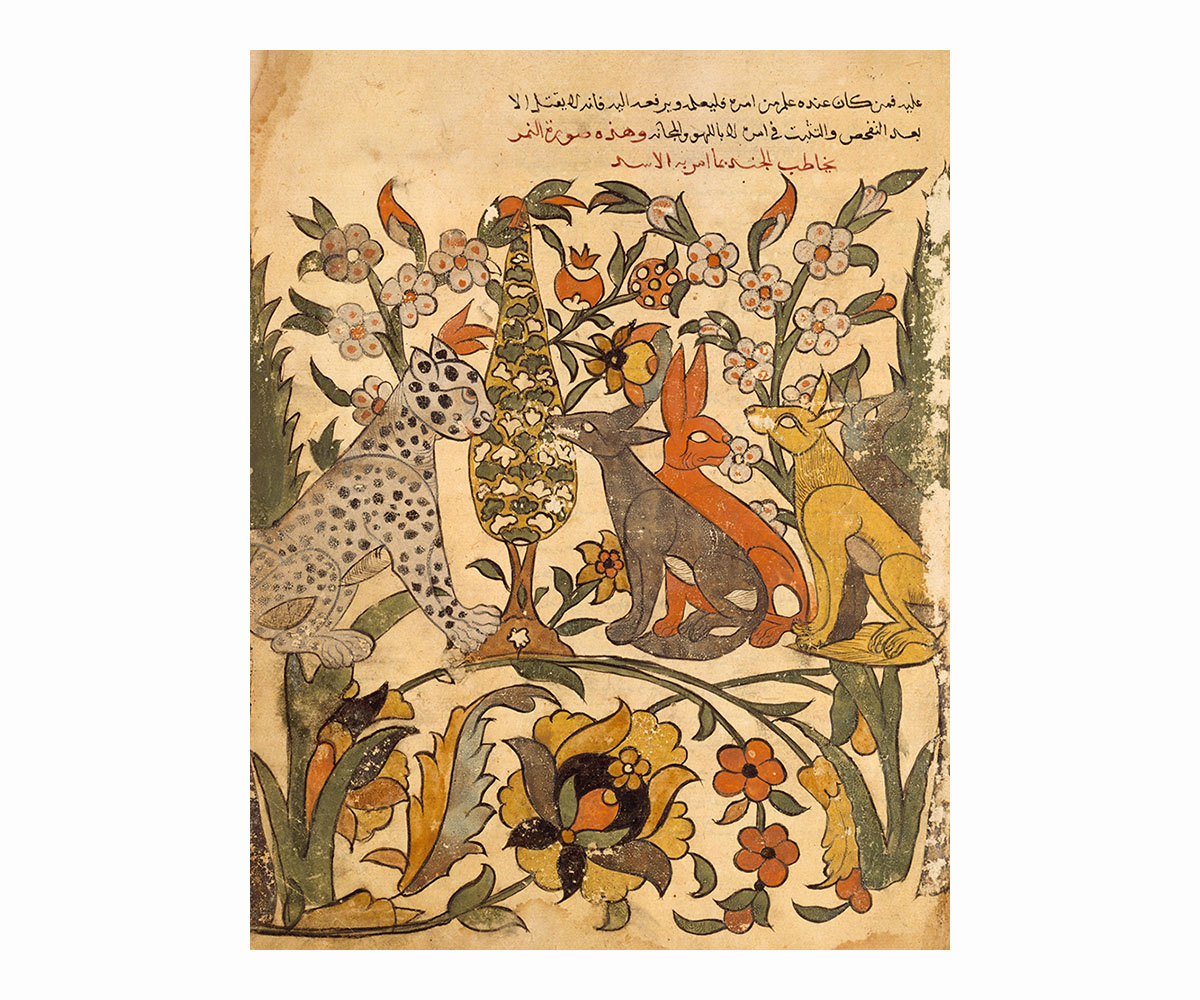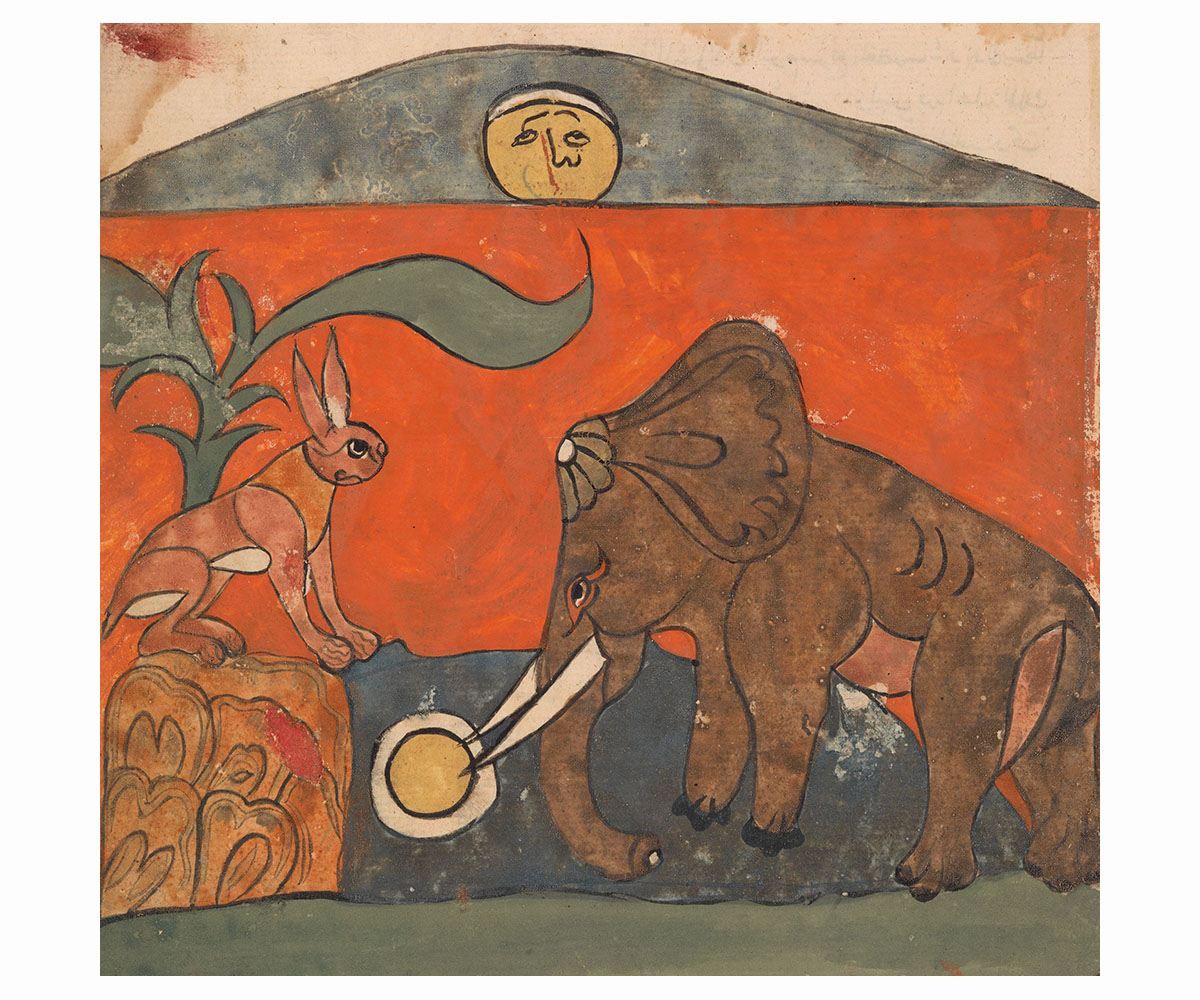PERSPECTIVES
Kalila wa Dimna: Arabic Fables Inspired by the Panchatantra
Kalila wa Dimna, a collection of animal fables, has lived many lives, passing through the hands of multiple scribes, with its numerous translations and adaptations remaining popular and widely read through the ages. It would not be remiss to consider Kalila wa Dimna somewhat of a reigning bestseller for almost 2000 years!
We retrace the extraordinary literary and historical journey of these fables about two jackals, Kalila and Dimna, whose adventures and encounters serve as instructional parables.
While the first Arabic version of the Kalila wa Dimna dates to the eighth century, it is inspired by a collection of stories that go back even further — the Panchatantra, the origins of which have been traced to the Indian subcontinent in 200 BC.
Long ago in ancient India, as the story goes, King Amarashakti entrusted his wise old advisor, identified as Vishnusharma in the prelude of the Panchatantra, to teach the principles of just governance and conduct of life — niti — to his three sons. Vishnusharma wrote a series of stories centred around animal protagonists to impart lessons on holistic and honourable conduct and these stories together form the Panchatantra.
Centuries later, in around 550 CE, a Persian physician, Borzuya, was sent to India by the Sassanid king, Khosrow I, to find a plant that could revive the dead. Borzuya learned that what he was seeking was not a plant but actually the Panchatantra, which he then painstakingly translated into Pahlavi, a Middle Persian language that was used from c.559–330 BCE until the seventh century CE.
In around 750 CE, a Persian scholar, Abdullah Ibn al-Muqaffa, translated the Pahlavi text into Arabic. Titled Kalila wa Dimna, it is considered to be the first masterpiece of Arabic literary prose by scholars. It became very popular throughout the Islamic world and beyond. From the tenth to the fourteenth centuries, its translations into Old Spanish, Greek, Latin, Old Church Slavic, German, Hebrew, Turkish and other languages were often patronised and overseen by royal courts. Over time, this repertoire of stories inspired other ‘frame’ stories that placed narratives within a larger story that framed each of them — Boccaccio’s fourteenth-century The Decameron, Chaucer’s fourteenth-century The Canterbury Tales, and the African American oral tradition of Bre’er Rabbit, among others.
The story that frames these fables recounts a visit by a character named Bidpai, a philosopher, to the court of King Dabschelim. The king requests the philosopher to narrate parables of morality. The interwoven stories that Bidpai tells the king are what constitute the Kalila wa Dimna. The stories themselves are narrated by the eponymous jackals Kalila and Dimna, who work at the animal king, Bankala, the lion’s court. Kalila and Dimna narrate fifteen stories about their many adventures with other anthropomorphised animals.
Here, you see illustrations from different medieval and early modern folios of the text. There is an illustrated episode of an innocent bull being killed by the king lion while Kalila and Dimna watch in shock. Another depicts the king of crows conferring with his royal council. In one story, the elephant king who sought the moon is fooled by a hare who presents the reflection of the moon as the real thing. All of these whimsical narratives offer allegories for human morality and life covering lessons on greed, friendship, loyalty, leadership, kindness and more.
Each of the translations and adaptations of the Kalila wa Dimna was created in different socio-political contexts and scholars contend that the works, while remaining true to the spirit of the original, also reflect the specific concerns and issues of the time. We can read all the variants of Kalila wa Dimna as part of a network of endless transformations and cultural exchanges that took place in history. This process continues today with versions of both the Kalila wa Dimna and the Panchatantra still being sold as fables and stories for childrens, not only in the geographies they originated in, but across the world.





